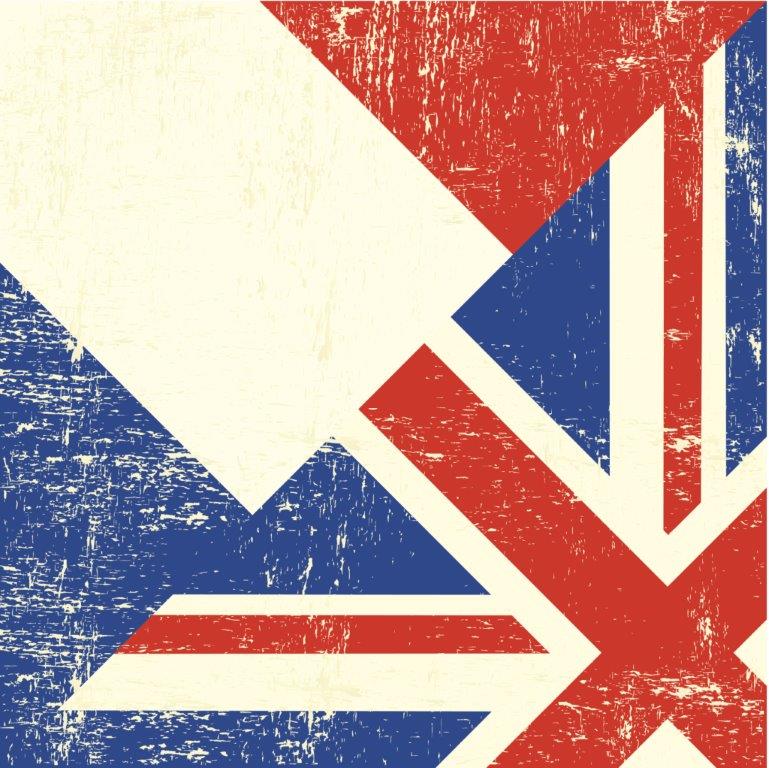World War 1: The Battle of Mons
 On 23 August 1914, some five weeks after war was declared by the British government,
four divisions of the British Expeditionary Force (BEF) met the might of the German
1st Army at the canal in Mons, Belgium. It was the first confrontation on European
soil since the Battle of Waterloo in 1815.
On 23 August 1914, some five weeks after war was declared by the British government,
four divisions of the British Expeditionary Force (BEF) met the might of the German
1st Army at the canal in Mons, Belgium. It was the first confrontation on European
soil since the Battle of Waterloo in 1815.
Mons was a town of firsts. Although the French army had been fighting the Germans at Lorraine, Ardennes and Charleroi, it was in Mons that the first shots were fired by the British. It also was where the first British soldier to be killed in the war, Private Parr, died.
Mons was also the last place a British soldier, Private Ellison, was killed in the war, and just 2 hours later at 10.58am, where Canadian soldier George Lawrence Price became the very last person to be killed in the conflict.
The lead-up to the Battle of Mons
The Imperial German Army crossed the border into neutral Belgium and the French-speaking Walloon region on 4 August 1914. Following the fall of the fortified city of Liège on 7 August, the German advance continued through the economically prosperous industrial region of south-east Belgium, towards Loos.
Two days later, on 9 August, 75,000 men of the BEF crossed the English Channel to help shore up the French defences. These were well-trained, professional soldiers – unlike their French and German counterparts, who were mostly made up of conscripts.
The BEF marched eastwards to meet the German army, who by this time had advanced well into Belgium. The BEF was led by Sir John French, who had been knighted in 1901 for his actions in the Boer War (see Gazette issue 27306). French believed that the war would be one of speed, movement and decisive action. Like many of his peers, he believed that his troops would be home by Christmas.
By 22 August, the BEF arrived in Mons (Gazette issue 28899) and took up positions along 20 miles of the canal that ran east to west through the town. Unbeknown to French, General Kluck’s 1st army was advancing from the north of the BEF with 160,000 men and 600 artillery.
It was agreed that the BEF would hold the canal for 24 hours and dig trenches on the south side of the canal. If they couldn't hold the line, the plan was to withdraw south to the pit villages and slag heaps and form another defensive line.
The Battle of Mons
The next morning, on August 23, the Germans opened up an artillery barrage on the British positions. At first, the Germans were not aware of the British strength, and attacked as they arrived, marching in columns towards the BEF.
The British riflemen, who were trained to fire 15 times per minute and hit targets at 300 yards, were so accurate that the Germans thought they were up against batteries of machine guns. Some riflemen were hitting German soldiers at 1,000 yards. This combined rifle, machine gun and artillery fire devastated the German columns, which took heavy losses.
The German army quickly adopted open, looser formations, and attacked again. As the battle progressed, they were able to bring to bear their superior numbers and broaden their attack further west along the canal, where fir trees allowed them to advance under cover.
By the afternoon of 23 August, the British position was becoming untenable. With casualties mounting, the Germans had begun crossing the canal in force. By 6pm, in a coordinated withdrawal, new positions were taken a few miles south of Mons as the British prepared their second line of defence. However, when Sir John French received news that the French 5th Army was retreating, he knew that the British right flank was exposed.
Faced with overwhelming German superiority, at 2am on 24 August, Sir John French ordered a general withdrawal.
The aftermath
Mons was a humiliating defeat for the proud BEF, where a total of 1,638 British servicemen lay dead. However, Mons did prove to be decisive in the German failure of the attempt to manoeuvre around Paris (the Schlieffen Plan), because it bought the allies time.
The armies clashed, extended their lines and clashed again, until they reached the English Channel. The British, French and German armies dug in, and a system of trenches soon stretched 450 miles from the English Channel to the Alps.
The war of speed and manoeuvre on the Western Front was over.
Interested in finding out more? Why not read Sir John French’s official account of the Battle of Mons in Gazette issue 28899. In this issue he says: “I deeply deplore the very serious losses which the British Forces have suffered in this great battle.”
